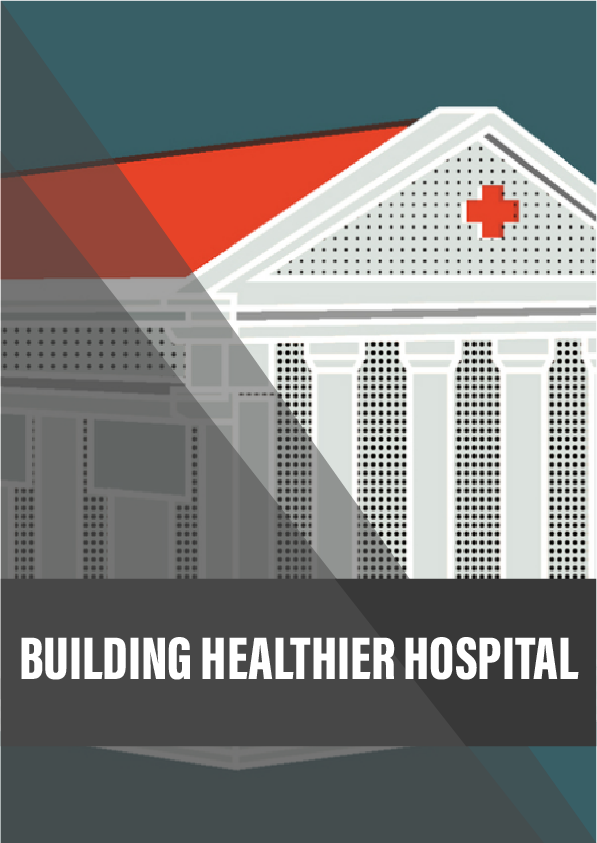“If one room can alter how we feel, if our happiness can hang on the colour of the walls or the shape of a door, what will happen to us in most of the places we are forced to look at and inhabit? What will we experience in a house with prison-like windows, stained carpet tiles and plastic curtains?” – Alain de Botton
This summer, Laura gave birth to twins. Five weeks early.
Laura’s girls were looked after in the Dyson Centre for Neonatal Care at the Royal United Hospital in Bath, England. Laura arrived there after a caesarean section, having lost more blood than expected and with a dangerously low temperature. Despite her condition, she remembers being wheeled through the double doors of the Centre for the first time: “It’s kind of a blur,” she says. “But I do remember the light just really hitting me.”
To reach the Dyson Centre you have to walk, or be wheeled, through the old corridors of the main hospital. It feels hot, that particularly uncomfortable hospital warmth that amplifies the medical smell. Your shoes click on the lino floors and the sound echoes off the plain walls.
As soon as you go through the doors to the Centre, things change. It is light, airy and spacious. Natural wood and soothing greens make it feel more like a Scandinavian spa than part of a hospital. You’re greeted by a wooden reception desk, and to the left, French windows open onto a Zen-like pebbled garden. It smells slightly of chlorine, like a posh swimming pool.
The Dyson Centre, finished in 2011 and funded in part by Sir James Dyson, of vacuum cleaner fame, is an example of a new and different type of healthcare design. Deliberately distancing itself from the traditional hospital look, feel and smell, this and other places like it are drawing on a growing body of research that shows that buildings themselves can speed the recovery of patients, as well as boosting the health and happiness of the staff who work in them.
Reference:











